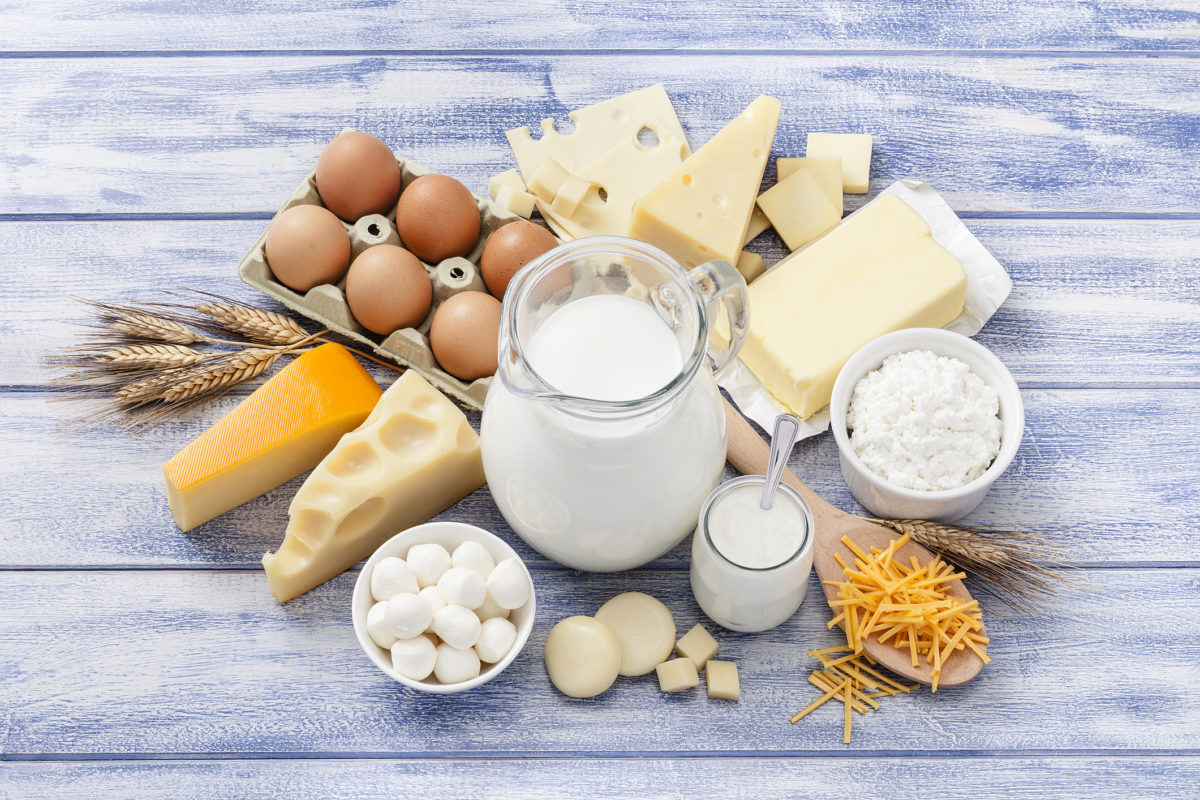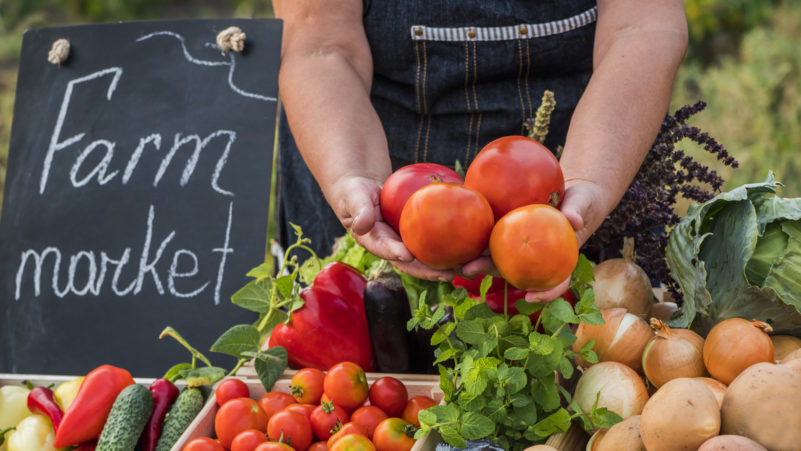Calcium, protein are important components of a healthy diet
By Jay Nachman
Insufficient protein intake is a major threat to living independently due to the loss of muscle mass, strength and function that progressively occurs with aging, advised Ayana Dudley, a registered dietitian nutritionist (RDN), and founder of Nutrition for Health in Mount Airy. The loss of muscle mass that is experienced during aging is called sarcopenia, which affects about 30% of people aged 60-plus and 50% of people 80-plus.
“A diet that’s balanced and has adequate amounts of protein is important,” said Dudley, who entered the field to bridge the gap in health disparities for underserved groups. “As we age, nutritional needs also change, which is why special attention to nutrition becomes vital. Adequate nutrition plays a vital role in mental and social health outcomes.”
For a healthy aging body, Dudley recommends protein-rich food sources from both plant-based and animal sources, adequate amounts of calcium and vitamin D3, and fiber-rich food sources.
For optimum bone health, calcium and vitamin D3 play a crucial role. Foods high in calcium and vitamin D3 include milk, eggs, cheese and yogurt. “As we age, the human body loses bone mineral density,” Dudley said. “Loss of bone density increases the risk of osteoporosis, bone fractures and limited mobility in older adults. Women are at a higher risk for bone loss due to decreased estrogen after menopause, which results in decreased intestinal calcium absorption.”
Older adults will also often experience a decrease in thirst sensation. “As people age, their ability to perceive thirst may diminish,” Dudley said. “The sensation of thirst tends to decrease with age, leading older adults to be less aware of their body’s need for fluids.”
There can be a host of challenges to eating healthy for some older adults. Some may live in “food deserts,” which are neighborhoods without access to fresh and affordable food. “Food access is a huge issue,” said Dudley, who graduated from Rutgers University’s Coordinated Dietetic program.
Safety may be a barrier for some older adults who want to shop for groceries while others may not be physically able to shop for themselves. Still others, with limited budgets, must prioritize rent and medicine.
Poor health outcomes can also be caused by unhealthy eating habits and lack of exercise.
Dudley recalled a client in her late 60s with pre-diabetes who was able to shop for healthy and nutritious food. She gave her client diet and lifestyle strategies to lower her blood sugar, including incorporating at least 30 minutes of moderate physical activity into her day. They also discussed food portioning and reviewed the types of slow-burning carbohydrates that are high in fiber and do not spike blood sugar levels.
“We also went over strategies for heart health, because people who are diagnosed with diabetes are also at risk for coronary artery disease,” Dudley said. “We reviewed a heart-healthy diet, which is a diet low in
sodium, saturated fats and cholesterol.”
Within three months, the client lost 12 pounds and lowered her blood sugar level to a normal range. Dudley said she encourages individuals “to seize control of their health through the science of nutrition as a first-line approach for wellness, disease management and weight loss.”
Tips to add more protein in your diet
According to the Academy of Nutrition and Dietetics, people of all ages need protein for strong, healthy bodies. Some older adults do not get the protein they need to maintain muscle mass, fight infection, and
recover from an accident or surgery. Chewing protein-rich foods, such as meat, also can be a problem for some older adults. Here are a few tasty tips to pump up your protein intake, without upsetting your food budget or energy balance:
- Enjoy more beans – Add beans, such as black, kidney or garbanzo, to salads, soups, rice dishes and casseroles.
- Make your crackers count – Spread peanut butter on whole-grain crackers for a snack, or eat them with soup, chili or salad.
- Pump up eggs – Mix grated, low-fat cheese or extra egg whites into scrambled eggs.
- Cook with milk – Use fat-free or low-fat milk rather than water to make soup or oatmeal.
- Use dry milk – Mix a spoonful of dry milk powder into fluid milk, cream soups and mashed potatoes.
Jay Nachman is a freelance writer in Philadelphia who tells stories for a variety of clients.




